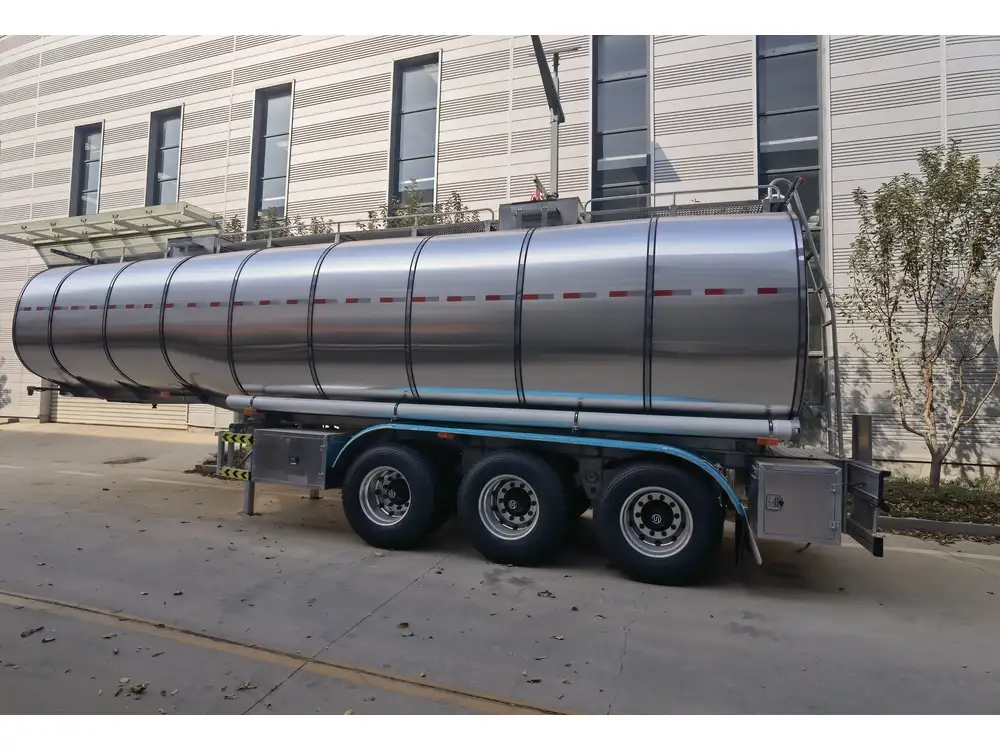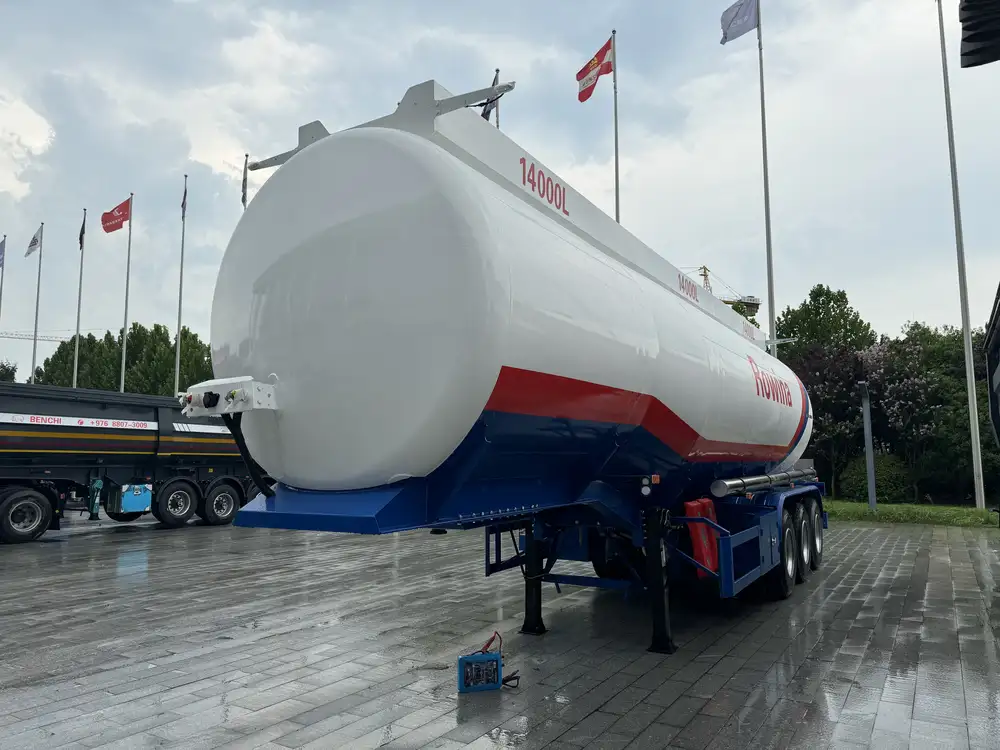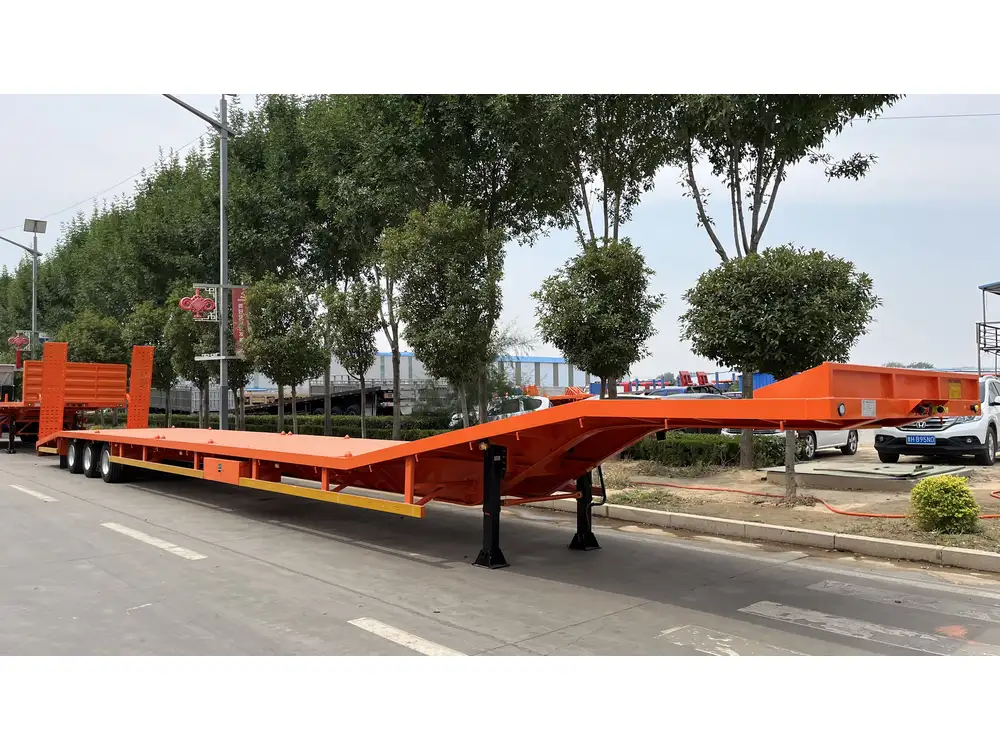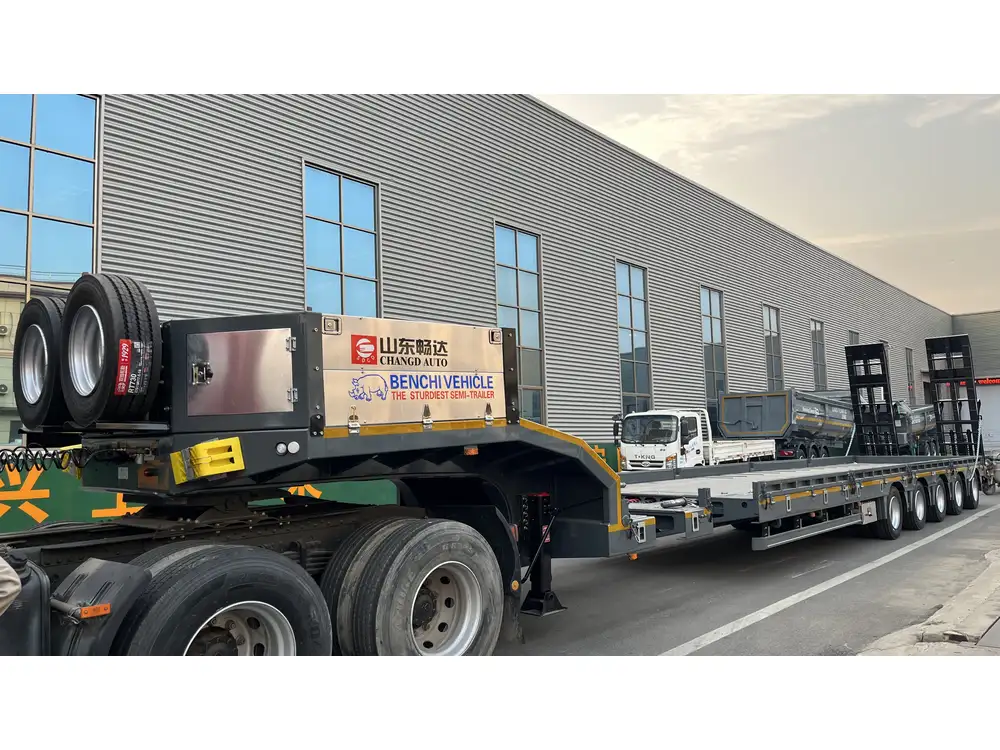Introduction
In the world of semi-trailers, safety and functionality are paramount. A vital yet often overlooked aspect of trailer maintenance is ensuring that all lights are fully operational. Proper lighting is essential for safe road navigation, compliance with regulations, and enhancing visibility in adverse conditions. Developing a reliable semi-trailer light tester is crucial for fleet owners and mechanics alike. This article offers a detailed, step-by-step guide on how to make a semi-trailer light tester from scratch.
Understanding the Importance of a Light Tester

The Role of Trailer Lights
Trailer lights serve several vital roles:
Visibility: They increase the trailer’s visibility to other drivers, particularly during night-time or inclement weather conditions.
Communication on the Road: Using turn signals, brake lights, and running lights provides essential information to other motorists about the vehicle’s movements.
Compliance with Regulations: Different jurisdictions have specific laws stipulating the functionality and visibility of trailer lights. Failure to comply can result in fines or accidents.
Consequences of Malfunctioning Lights
When trailer lights fail, the consequences can range from minor to severe:
Legal Penalties: Trailers that do not meet lighting regulations can lead to citations.
Accidents: Non-functional lights can deceive other road users, leading to potential collisions.
Increased Maintenance Costs: Failing to identify and address lighting issues can lead to more significant vehicle malfunctions.
Components of a Semi-Trailer Light Tester

Required Materials
Creating a semi-trailer light tester requires specific components, which can usually be sourced cheaply and easily. Below is a list of necessary materials:
| Component | Description |
|---|---|
| LED Bulbs | Bright, energy-efficient bulbs for accurate testing |
| Battery Pack | A portable power source (e.g., 12V car battery) |
| Wire Connectors | Various connectors to establish connections |
| Switch | A reliable switch to toggle the tester on and off |
| Test Leads | To connect the tester to the trailer’s lighting system |
| Multimeter | A tool for measuring voltage and diagnosing issues |
| Enclosure Box | To house the components securely |
Tools Needed
In addition to materials, you’ll need several tools for assembly:
- Wire Strippers
- Soldering Iron
- Screwdriver Set
- Heat Shrink Tubing
- Electrical Tape
Step-by-Step Instructions to Create a Semi-Trailer Light Tester

Step 1: Prepare the Enclosure
Begin by acquiring a durable enclosure box that can handle the rigors of workshop and road conditions. Here’s how to prepare it:
- Select the box: Choose a suitable size based on the components you plan to include. An average size for your tester is around 12 inches by 8 inches.
- Drill holes for fittings: Use a drill to create holes for switches and connectors. Make sure to keep enough separation to avoid grounding issues.
Step 2: Assemble the Circuit
Carefully assemble the circuit inside the enclosure:
- Connect the battery: Use a wire connector to connect the positive terminal of the 12V battery to the switch.
- Wire the LED bulbs: Connect each LED light to its corresponding test lead. Pay attention to the polarity—red for positive and black for negative.
- Solder connections: For a secure and reliable connection, solder wires to the LED terminals, then cover the solder joints with heat shrink tubing to prevent shorts.
Step 3: Integrate the Switch
The switch is a crucial component. Without a reliable switch, the tester would be non-functional:
- Insert the switch: Through the hole previously drilled, insert the switch you’ve selected.
- Connect to the circuit: Wire the switch in line between the battery and the LED circuit. This way, you can control when the tester is powered.

Step 4: Finalize Connections
Ensure that all connections are secure and properly insulated to prevent damage:
- Use electrical tape to shield any exposed wires.
- Double-check that there are no loose wires or connectors.
Step 5: Test the Assembly
Make sure the assembly works correctly:
- Power it up: Turn on the tester using the switch.
- Check LED functionality: Verify that all LED indicators light up.
- Test against the trailer: Use the tester on the semi-trailer in various light socket configurations (blinkers, brake lights, etc.) to ensure compliance.
Maintenance Tips for Your Semi-Trailer Light Tester
Like any tool, a semi-trailer light tester requires regular maintenance to keep it functioning effectively:

Regular Inspections
- Check connections: Regularly inspect all wiring and connections for wear or corrosion.
- Test LEDs: Replace any burnt-out LEDs immediately to ensure accurate readings.
Store Properly
- Avoid moisture: Store the tester in a dry, cool place to prevent corrosion or shorts.
- Use a protective case: If possible, store the tester in a padded case to avoid physical damage.
Periodic Upgrades
- Upgrade to newer LEDs: Consider upgrading to newer, more efficient LED models as technology advances.
- Add features: Enhance your tester with additional functionalities, such as a digital voltmeter display.

Troubleshooting Common Issues
If Bulbs Don’t Light Up
- Check the battery: Ensure the battery is charged and connected properly.
- Inspect wiring: Look for frayed or damaged wires that might interrupt the circuit.
If Only Some Lights Work
- Test each LED: Isolate each LED to determine if it’s functioning independently.
- Inspect the switch: A malfunctioning switch might hinder proper power distribution.

When Using with Trailers
- Compatibility issues: Make sure your tester is compatible with the trailer’s light configuration. Some older trailers might not use standard connections, leading to testing challenges.
Conclusion
Creating a semi-trailer light tester is a valuable investment for maintaining safety and compliance on the road. By following the steps outlined in this guide, manufacturers and operators can ensure that their trailers are equipped with fully functional lighting systems, thereby enhancing safety on the roads. Remember, the key elements of successful maintenance include understanding the purpose of lights, addressing malfunctioning issues proactively, and performing regular checks. Investing time and resources into building and maintaining a light tester pays dividends in the long run, promoting safety and efficiency in semi-trailer operations.



